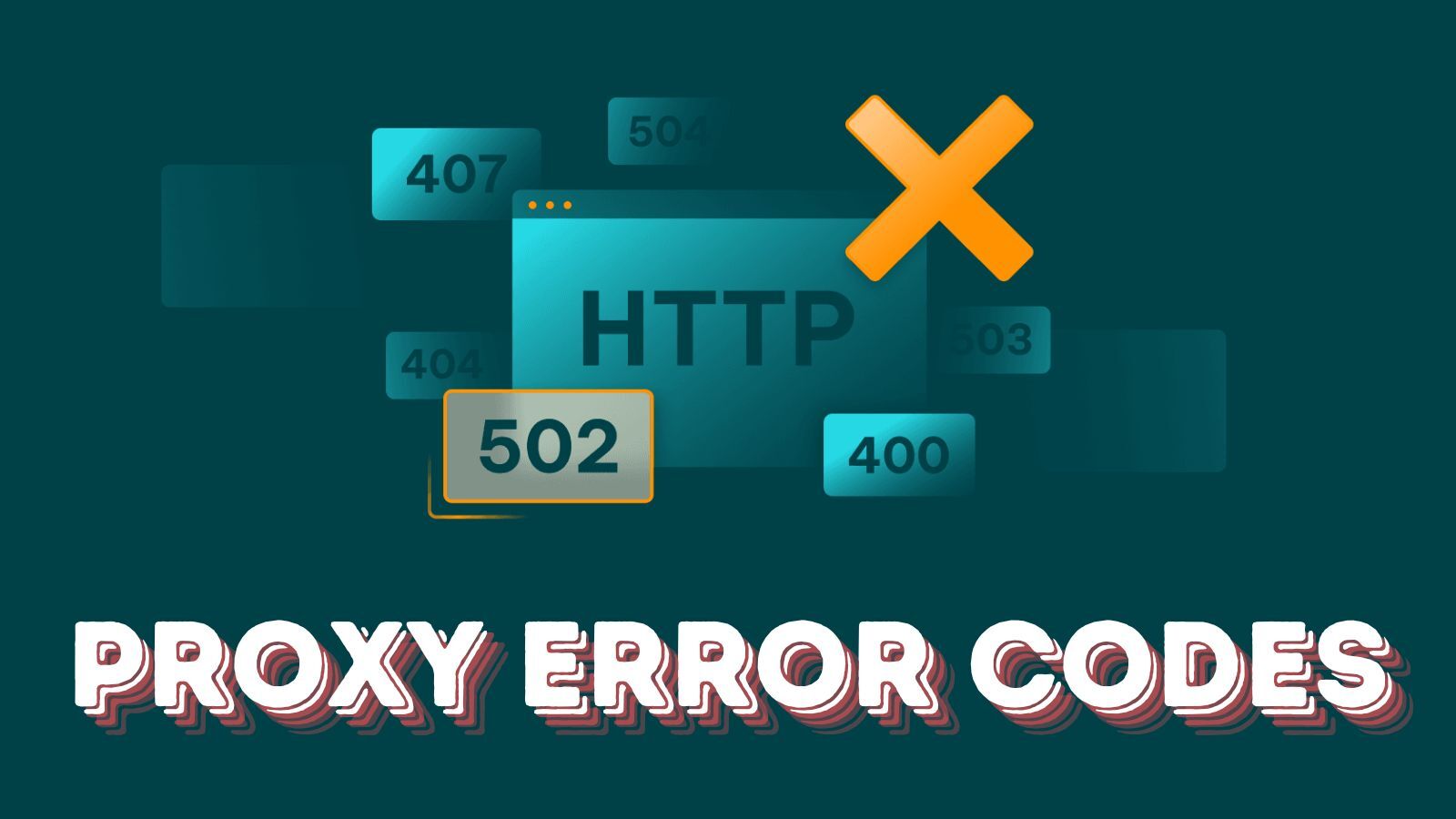Proxy Error Codes and How to Fix Them
What are Proxy Error Codes?
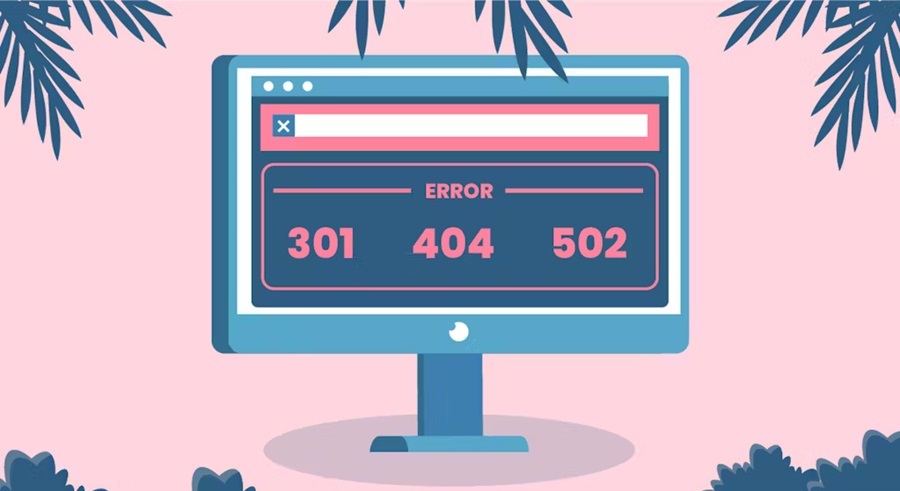
Th proxy error codes are HTTP status codes your client software receives when a proxy error occurs or when your proxy fails. Whenever you need to know how to fix your proxy problems, look at the error code and you will know how to fix it. The error code is a 3-digit number, providing you insight into the problem that has occurred. These error codes are not different from regular HTTP status codes, just that in this case, you are suspecting your proxy might be responsible for these errors.
Generally, for every web request sent, a response code is returned, giving you insight into what has occurred. There are over 500 of these codes each providing detail of a specific thing that has occurred. However, these codes can be divided into 5 major classes. The first is the 1XX codes which reveal that the service has received your request and is processing it. This is usually temporal. The next HTTP code is the 2XX code telling you there was a successful request. The most notable here is the 200 HTTP code which indicates that the request has been handled and a response returned.
The 3XX codes also known as the redirection codes give information in the case of a redirection. The last two classes (4XX and 5XX codes) indicate major problems, with 4XX telling you the problem is from the client while 5XX telling you the problem is from the server. In most cases and for most people, the HTTP response codes of 1XX, 2XX, and 3XX are not problems. Where the problem lies are in the 4XX and 5XX codes and these are the proxy error codes you will experience when using proxies.
Proxy Client Error Codes
When you experience a 4XX response code, then the problem is from the client end — suggesting the issue is from your end. This could be as a result of you sending a bad or forbidden request, or failing to get authentication done properly. The specific 4XX code gives you the full details. For the client response error codes, the popular options here are 400, 403, 407, and 429.
-
400 (Bad Request)
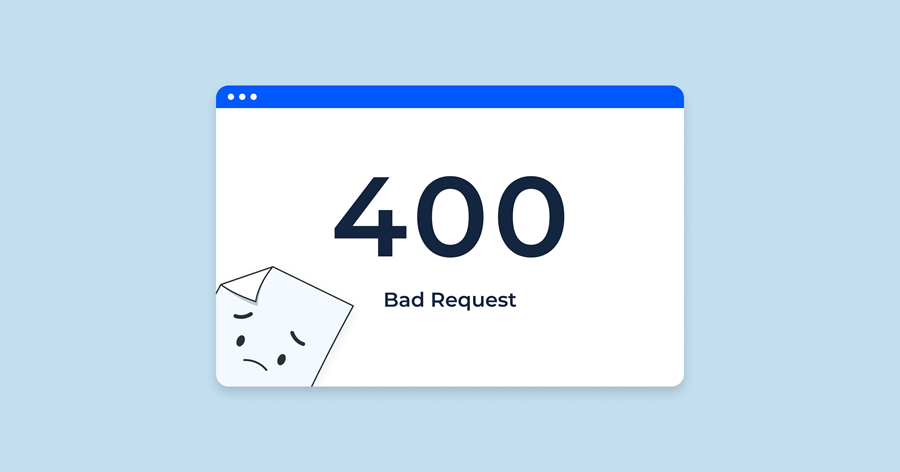
When you encounter this error while using proxies, it entails you sent a bad request. However, there is a problem with the 400 error code as it is general and does not give details of the actual cause of the error. However, in most cases, it is due to a malformed request. This can occur due to mismatch protocols such as sending HTTPS requests when your proxy server supports only HTTP. It could also be a result of mistakes in your headers especially if you are using a custom script to access a site which is common in web scraping and general web automation or even a problem in the URL.
Fix 400 Error: Take a good look at the URL and headers and make sure everything is correct and included in the request. Send the requests only via supported protocols. If everything is correct, this error wouldn’t occur.
-
403 (Forbidden)
When you encounter the 403 forbidden error, just know you are not authorized to access the web resource you are trying to access but the server does identify you. Make the word here, forbidden errors are authorization problems. And when you get this, you need to be careful not to blame your proxy alone. This is because sometimes, the forbidden error can come from the website you tried to access and not just the proxy. What you should do is find out where the problem occurred and then use that information to fix it.
Fix 403 Error: First, try sending a web request to another website. If the error didn’t occur, then it is a problem from your target site and not the proxy you use. Now, try sending the same web request without using a proxy and see. If it succeeds this time, then you can be 100% sure that your target site knows you are using a proxy and didn’t allow your request to go through. This will occur when you use datacenter proxies on sites with an effective anti-spam system.
What you should do here is to use a residential or mobile proxy server. Either of these will provide you with real residential IPs that can’t be detected as proxies and this will grant you access. Bright Data, Smartproxy, and Proxy-Seller are some of the best providers for this.
-
407 (Authentication Error)
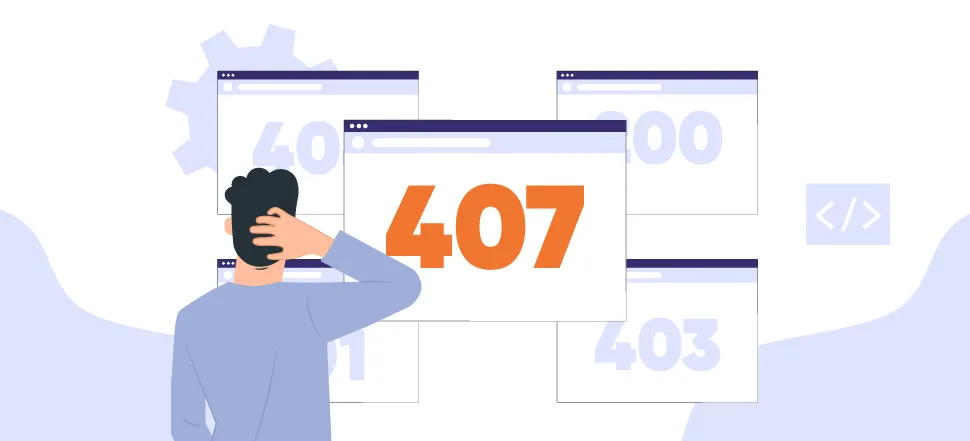
The 407 proxy error code is returned when there is an authentication problem. All paid proxies come with authentication requirements. Some can be authenticated using username and password, while others support IP authentication — a few others support both. If you provide the wrong authentication credentials, then you get this error code. In the case of IP authentication, you can encounter this error in situations where your device IP has been changed by your ISP without you knowing.
Fix 407 Error: Fixing this error code is simple. All you need to do is double-check your credentials and make sure they are correct in the case of username and password authentication. If you use IP authentication, make sure you are using your current device's IP address.
-
429 (Too Many Requests)
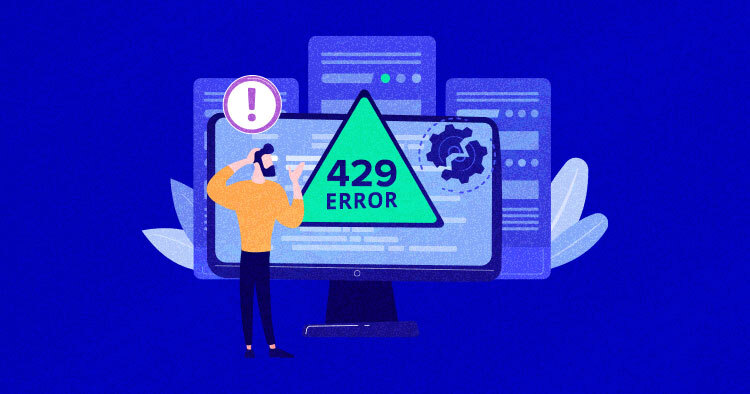
This error does not originate from your proxy server. It is most likely from your target web service and it occurs when you send too many requests to a site that uses rate limiting to fight off spam. You will encounter this mostly if you try using a static proxy for automation tasks like web scraping that will send too many requests within a short period of time. It is also common to see this when you use a shared proxy and other users of the proxy access the same site as you at the same time.
Fix 429 Error: Because this error is common with web automation that sends too many requests, the only fix to this is for you to switch to using a residential rotating proxy network. With this, you get a new IP after each request. This setup will make sure you don’t exceed the request limit per IP that will lead to this kind of error as the error itself is actually a blocking error meant for protection against spam.
Proxy Server Error Codes
Unlike in the case of the 4XX error codes that are issued from the client side, when you get any 5XX error code, the error is not from the client but from the server. However, the server here can mean two things as there are two servers — a proxy server and your target web service server. The specific error code will give more details. Here, we will take a look at the 500, 502, 503, and 504 error codes.
-
500 (Internal Server Error)
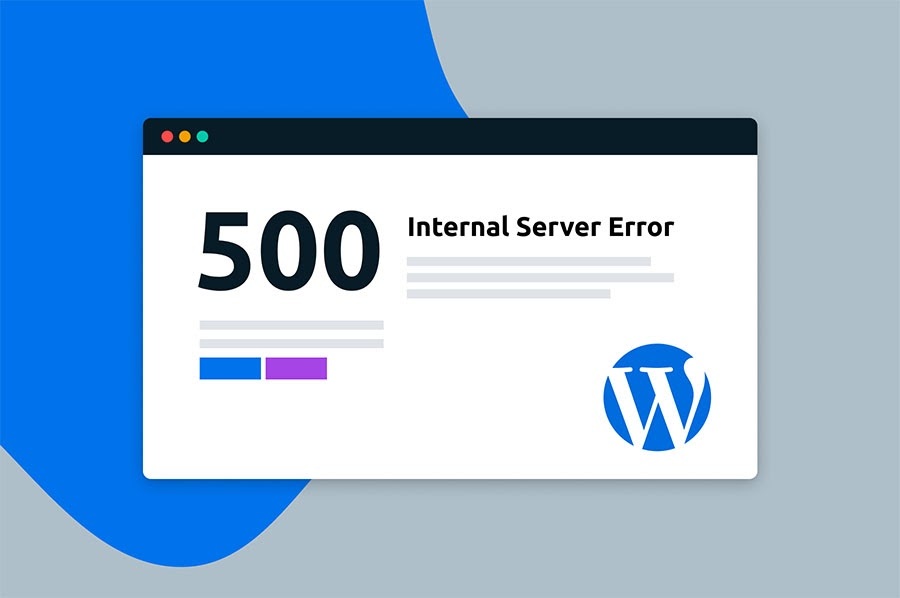
The 500 error code is the error you encounter when there is an issue from the server end but there is no specific detail of the error. Simply put, the 500 error code is a generic error code, telling you there is a problem. Because there are no specific details as to what has happened, it becomes difficult for you to tell what went wrong. It is caused usually due to misconfiguration or an algorithm error from the server end. This in most cases, is from the target web server. However, it could also be from the proxy server.
Fix 500 Error Codes: While some 500 errors can be a result of a misconstructed request, it is majorly a server issue and there is nothing you can do about it. All you have to do is wait for them to fix it and retry it.
-
502 — Bad Gateway
The 502 status code when encountered tells you that there is a bad gateway error. This occurs usually when there is an intermediary server between you and your target server and there is an invalid response between them. In this case, a proxy server is the intermediary server and when there is an invalid response from your target site to the proxy server, this is the error code that will be sent to you. It could be as a result of an error from your target site, a misconfiguration of the proxy server, or when either is not available.
Fix 502 Error Codes: Here, the problem can be from either the target site or the proxy server. You should try to access the site without proxies. If the problem persists, then it means the issue is from the site. You can try accessing the site later or speak to their customer support. If the issue is from the proxy server, the option here is to speak to their customer support too as there is nothing that can be done from your end.
-
503 — Service Unavailable
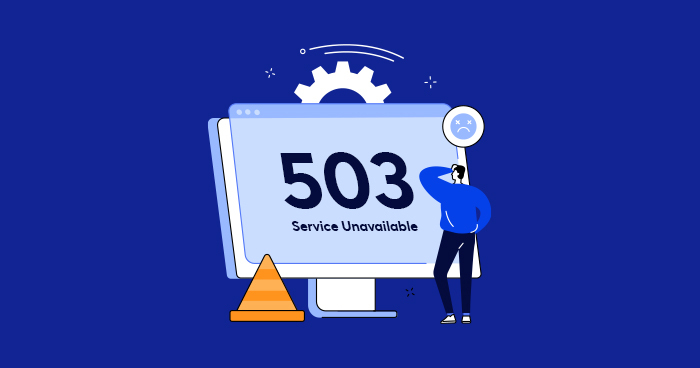
When you encounter the 503 error code, what it means is that the website is not available. This error right here is not from the proxy service but most likely from the website you sent a request to. If. The website is down either due to maintenance or because it got overwhelmed with too many requests, you will get the service unavailable error code. When this happens, you won’t be able to access the resource on that server until the service is back online.
Fix 503 Error: The 503 unavailable error is not yours to fix, just like that of the other 5XX server errors. When this occurs, you only have two options — report to the website admin or simply wait until the website is back online.
Fixing Site-Specific Proxy Error
The proxy. errors mentioned above such as the client errors (4XX) and server errors (5XX) can be solved by making sure your requests are formed correctly and you use high-quality proxies — in some cases, with rotating residential proxies. These error codes are not site-specific. However, some specific proxy error codes are specific to a particular site. When you encounter these, you will need to solve it in a specific way based on the error you got.
Take, when you encounter the “Instagram Open Proxy Error”, it means your proxy has been detected and flagged by Instagram. The fix to this is to switch to a new proxy. But before that, make sure you clear cookies, and local storage, and if there is a need, also switch to a different account. Another popular site-specific proxy error is the “YouTube 429 Error” which is a too many request error and it can be fixed by just switching to a rotating proxy network instead of a static proxy.

